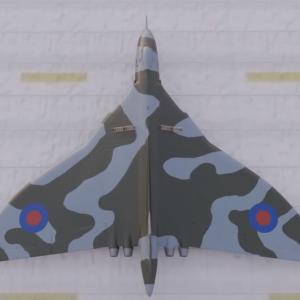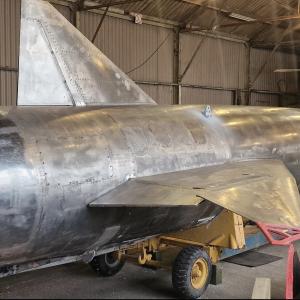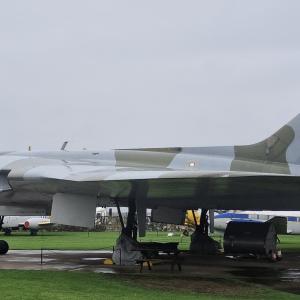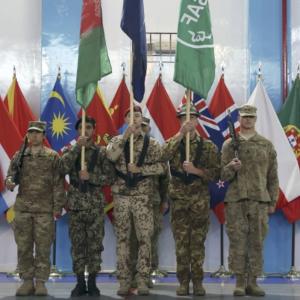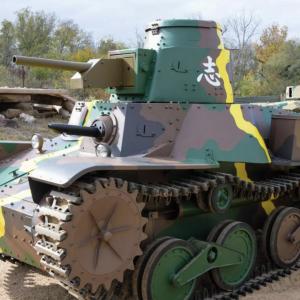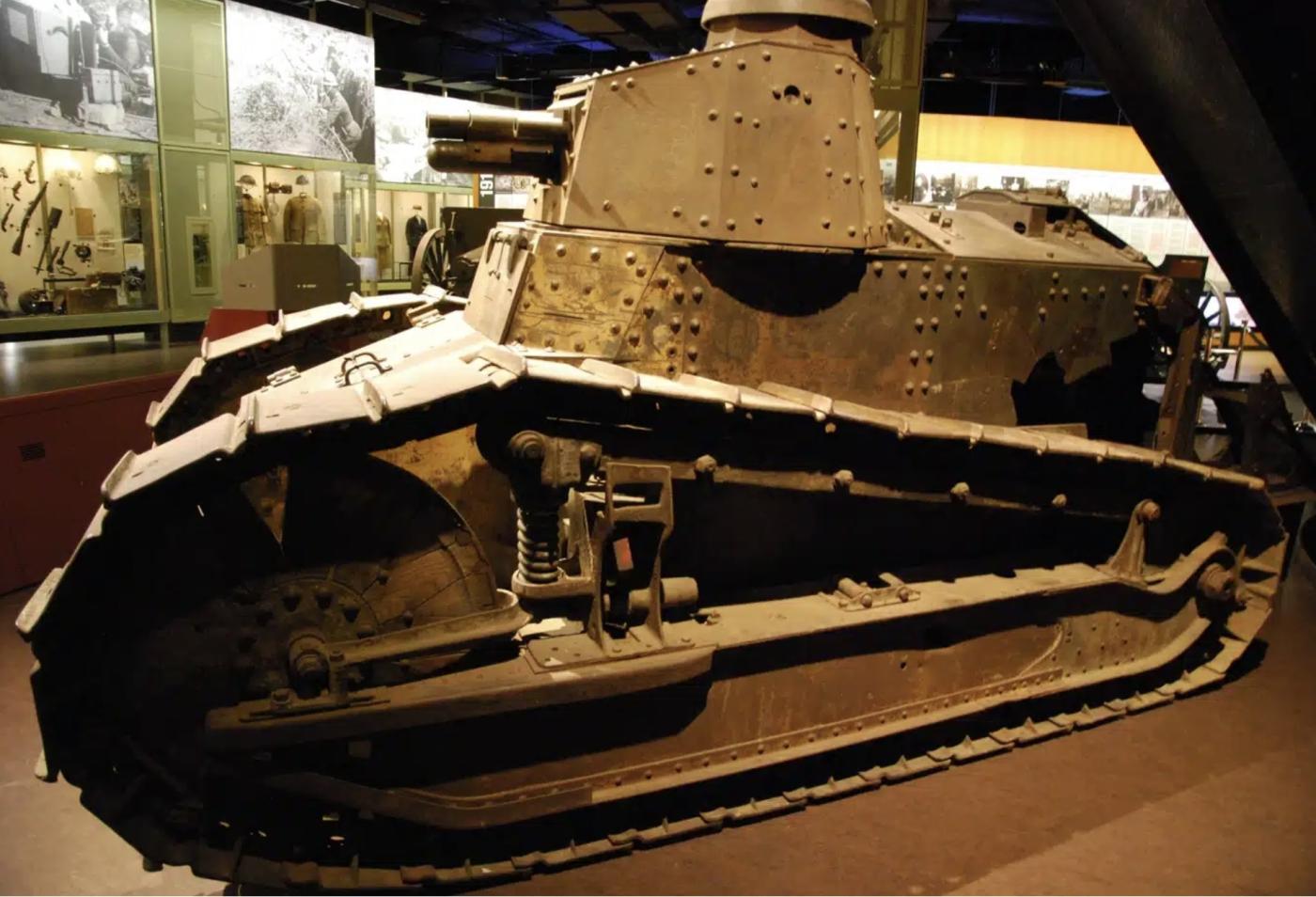
Renault FT -17 Tank
The French light tank introduced in 1917 marked a turning point in armored warfare. Designed by Louis Renault in collaboration with Colonel Jean-Baptiste Estienne, it departed from earlier designs by featuring a fully rotating turret, an engine in the rear, and the crew compartment in the front. This configuration became the foundation of modern tank layouts used throughout the 20th century and beyond. Estienne, a visionary in mechanized warfare, had advocated for small, mobile armored vehicles to support infantry. Renault, already a prominent figure in France's automobile industry, responded with a compact and efficient design.
Initially deployed in 1918, the tank was used in large numbers during the final months of the First World War. Although Renault was the primary manufacturer, several French companies, including Berliet, SOMUA, and Delaunay-Belleville, were also involved in production to meet wartime demand. Additionally, American firms like Van Dorn Iron Works and Maxwell Motor Company produced a modified version known as the M1917 when the United States adopted the design for its own forces. By the end of the war, over 3,800 units had been produced, with more than 3,100 completed in France before the armistice.
Its crew consisted of just two members: a driver and a commander/gunner. The driver sat in the front of the hull, operating the vehicle, while the commander handled both the main weapon and tactical coordination. This minimal crew size simplified training and production but placed a heavy workload on the commander, who had to manage targeting, communication, and decision-making simultaneously.
Armament typically consisted of either a 37 mm Puteaux SA 18 short-barreled cannon or a Hotchkiss M1914 8 mm machine gun. The 37 mm gun was capable of firing high-explosive shells and was useful against enemy positions, while the Hotchkiss offered effective suppressive fire against infantry. One of the tank’s most significant innovations was its rotating turret, which allowed for 360-degree firing without repositioning the entire vehicle—a major advancement over earlier designs with fixed or limited-rotation weapons.
The vehicle had a top speed of approximately 7 kilometers per hour (around 4.3 mph) and a range of about 60 kilometers (roughly 37 miles) on roads. Powered by a 4-cylinder gasoline engine producing 35 horsepower, it was agile enough to cross trenches and navigate broken ground. Its armor ranged from 8 mm to 22 mm thick, offering adequate protection against small arms and shrapnel, though it remained vulnerable to artillery and heavy machine guns. Weighing about 6.5 tons, the light frame allowed for deployment in large numbers and made it easier to transport than larger British tanks of the time.
The success of this compact vehicle was not limited to World War I. Its design influenced tanks used by numerous countries during the interwar period and into the Second World War. Despite being outdated by 1939, many units remained in service with the French Army and were even used by Germany after the fall of France in 1940. Its legacy lies in setting the standard for tank design—mobility, a rotating turret, and centralized control by a small crew—which would define armored vehicles for decades to come.

